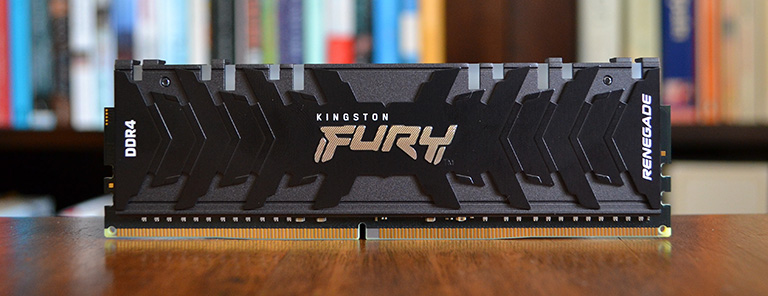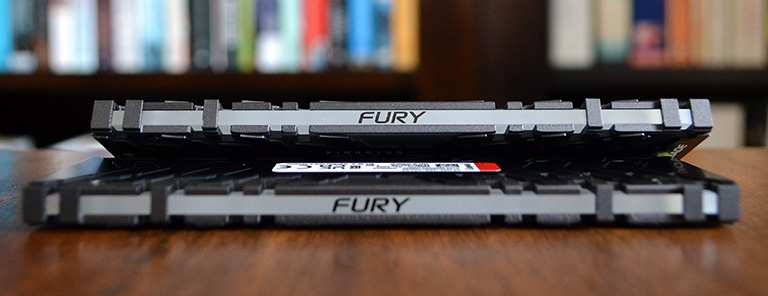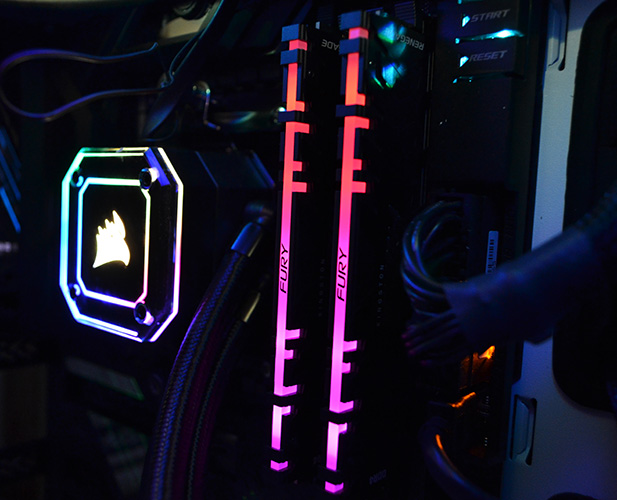Introduction
Earlier this year, memory giant Kingston offloaded the HyperX peripherals brand to HP for a cool $425m. That sum wasn't enough to secure the rights for the memory division's diverse portfolio. Branching out for the first time since the sell-off, Kingston is introducing high-speed desktop memory under Fury branding.
The name is familiar because it's previously been used alongside HyperX for enthusiast-grade RAM. The all-new products, simply known as Kingston Fury, arrive in three sub-brands. Fury Impact offers laptop DDR3 and DDR4 SODIMMs in speeds up to 3,200MHz. Fury Beast plies the desktop division with DDR3/ DDR4 at up to 3,733MHz in both RGB and non-RGB modules. Last but not least, Fury Renegade ups the frequency ante through RGB modules running up to 4,600MHz and non-RGB at a blistering 5,333MHz.
There's lots of choice for everyone, but do understand Renegade RGB modules are only available in black heatspreaders, which is a disappointment given so many enthusiasts have themed builds. Our review sample takes in RGB lighting and marries DDR4-3600 speeds alongside a 32GB (2x16GB) capacity. A good compromise for a quality PC.
This KF436C16RB1AK2/32 pack, to give its full model number, offers a CL16 latency at a very reasonable 1.35V. Drilling down further shows Kingston plays it conservative by having full XMP settings of 16-20-20.
It's good to see the modules keep to a 42.2mm height that ought not to foul large, overhanging air coolers. The heatspreaders have an attractive metal-on-metal pattern and the Fury and Renegade branding isn't overly distracting.
Fury Renegade RGB, meanwhile, has six sections where the heatspreaders overlap to create a tight fit. This is a shame for RGB modules as the bracing system creates illumination dead spots across the diffused bar. We'd also get rid of the Fury name on the top for the same reasons. The modules are certainly not as striking as, say, the latest high-performance offerings from G.Skill.
Installed in a system, you can see how the lighting isn't as overt as some of the competition. To Kingston's credit, the lighting is even across the bar, and it is reasonable to assume Kingston is using the same underlying system as previous HyperX.
As expected, Fury Renegade RGB uses the firm's IR syncing to keep the modules correctly pulsing together without any explicit software control. If you do need it, the modules work happily with our board's Aura Sync.
Available for around £165, the pricing is a bit cheaper than rival modules touting the same capacity and RGB capability, and not much more than bare modules without illumination. This is Kingston's key USP. Let's now see how it ranks against some stern competition.












